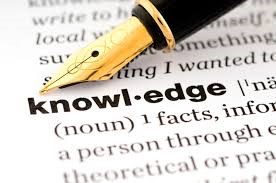4.1 Anatomy: The Ear.

|
How to complete this section
|
|
|
If you get less than 80%, repeat the process |
Anatomy of the Ear
This section will give you a good understanding of the key parts of the ear and how the anatomy and physiology is impacted by Sound Therapy. It explains the science behind Tomatis’s premise that the ear is an active participant, not a passive receptor of sound.
We will explore:
- The outer ear and ear drum, their structure and role in our hearing perception
- The parts of the middle ear, and its important role as a conductor of sound
- The middle ear muscles and their crucial role as tuners and feedback mechanism to the middle ear
- The Eustachian tube and how a common, chronic but unrecognised malfunction of its muscles causes extensive discomfort and suffering through misdiagnosis
- The inner ear, and organ or corti, core of our auditory perception process, its remarkable decoding ability and links to the whole auditory pathway
- The vestibular system and its complex feedback mechanisms for perception of balance and movement
- The cranial nerves, and how their interactions show that the ear is intrinsically linked into the heart of our nervous system
- Recent neurophysiological discoveries which confirm the ear’s key role in the integration of our nervous system
Lesson Topics
- 4.1.1 Anatomy of the Ear
- 4.1.2 What does the Ear Drum do?
- 4.1.3 What is the Middle Ear?
- 4.1.4 What is the Eustachian Tube?
- 4.1.5 What does the Middle Ear do?
- 4.1.6 What does the Hammer Muscle do?
- 4.1.7 What does the Stirrup Muscle do?
- 4.1.8 What is the Inner Ear?
- 4.1.9 What does the Inner Ear do?
- 4.1.10 What do the Semi-circular Canals do?
- 4.1.11 What is the Organ of Corti?
- 4.1.12 What is the impact of Sound Therapy on ear function according to Dr Tomatis?
- 4.1.13 What later discoveries have added to this knowledge?

